Inverness firm Aiber plans to further roll out its in-flight technology across the aviation and maritime sectors following a £2 million fundraising round.
BGF – formerly the Business Growth Fund – has ploughed £1.6m into the medical technology company.
Existing investors Scottish Enterprise (SE) and Equity Gap have also committed new funds.
The company’s pioneering med-tech software product has a significant addressable market, and we look forward to supporting their push into new areas.”
Keith Barclay, BGF.
Aiber is the trading name of Mime Technologies, which has developed a smart device for managing medical emergencies in the air.
The technology is expected to benefit the many thousands of travellers who fall ill on flights annually, potentially saving lives.
In-flight medical incidents are increasingly common in the UK as the population ages and more people fly with long-term health conditions.
According to Aiber, which was spun out of Aberdeen University and later relocated, one leading airline diverts as many as 60 flights a year due to health problems in the air.
‘Potentially life-saving solution’
Welcoming the company’s £2m cash injection, co-founder and chief executive Anne Roberts said: “This investment will allow us to accelerate the roll-out of our potentially life-saving solution to more customers in our target sectors.
“Whether in the air or at sea, a medical event in these situations can be incredibly stressful and isolating for those tasked with responding, and we are confident Aiber can reduce the burden and improve passenger health outcomes.”
BGF investor Keith Barclay hailed the fundraising as “an exciting moment of growth for Aiber”.
Mr Barclay added: “The company’s pioneering med-tech software product has a significant addressable market, and we look forward to supporting their push into new areas.”
‘Ground-breaking’ tech
SE growth investments director Kerry Sharp said: “Supporting innovative companies, like Aiber, to progress ground-breaking medical technology is a priority for Scottish Enterprise and we look forward to continuing our support as the company and its customers grow.”
With one diversion costing an airline anything from £25,000 to £500,000, improving medical outcomes in the sky alone has positive implications for both passenger wellbeing, safety and overall efficiency.
Aiber’s wireless technology has been developed by a multi- disciplinary team of physiologists, technologists and aviation medicine specialists, with input from airlines.
It provides fast and accurate support to cabin crew, pilots and clinicians on the ground.
The innovative technology is is specifically designed for use by non-medical professionals like cabin crew.
According to Aiber, this allows for more informed decisions about a wide range of medical events from burns and allergic reactions to suspected heart attacks.
While some airlines can call on ground-based clinical support, this is not mandatory for all flights.
Communications can also be difficult, with crew needing to leave the patient’s side to use the on-board phone or unreliable headphone technology.
Aiber’s technology is said to be the first capable of “live” streaming a wide range of data to the ground, allowing real-time digital communication between the crew, the passenger and clinical support.
BGF has introduced aviation expert Tony Davis – a former chief executive of bmibaby and Tiger Airways to Aiber, and he is joining the business as a non-executive director.
Aircraft giant Boeing on board
Last year The Press and Journal revealed US aviation giant Boeing had invested a six-figure sum in Aiber.
The Chicago-headquartered aircraft manufacturer also accepted Aiber onto its ATI Boeing Accelerator, which aims to help shape the future of sustainable aerospace.
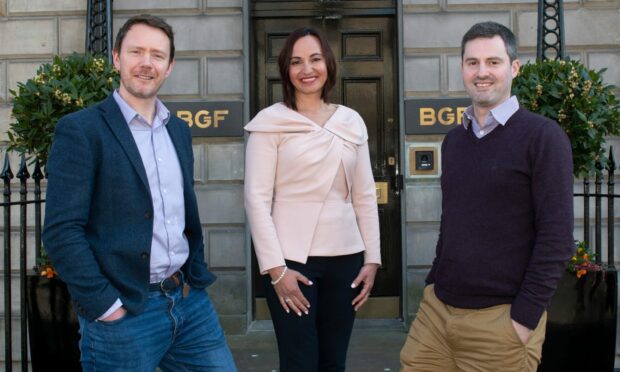
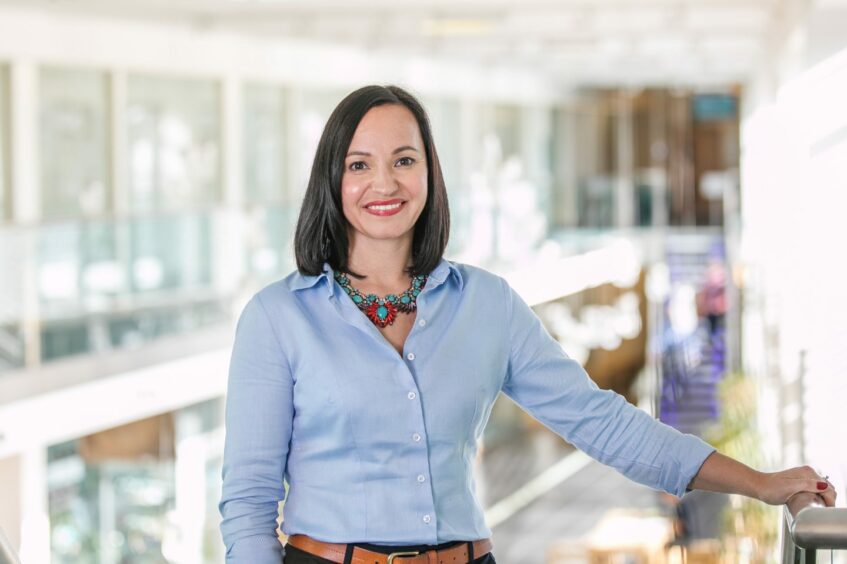
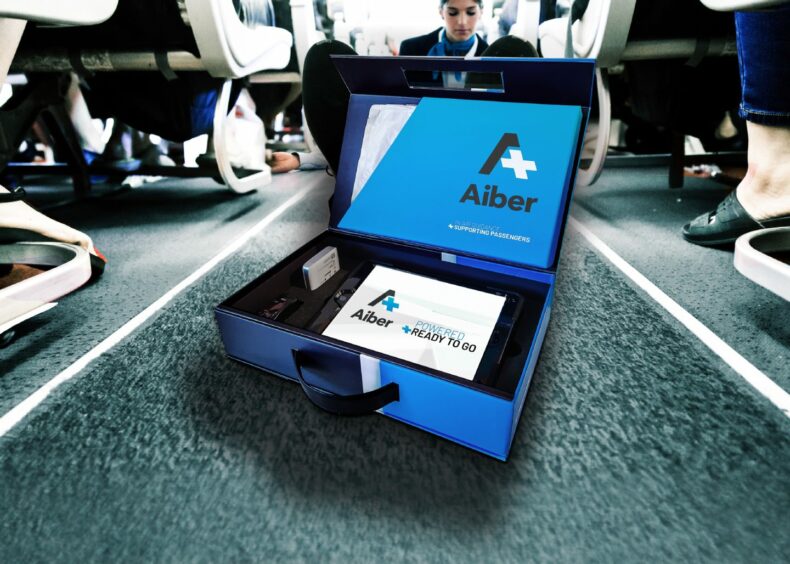
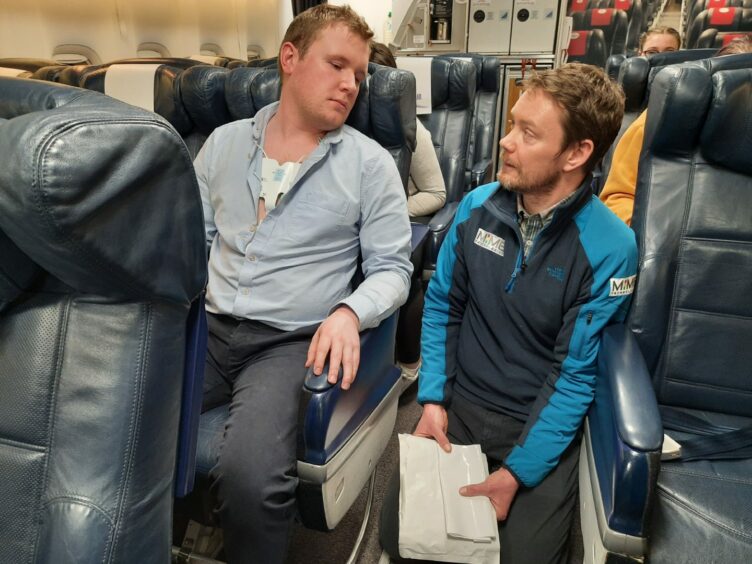


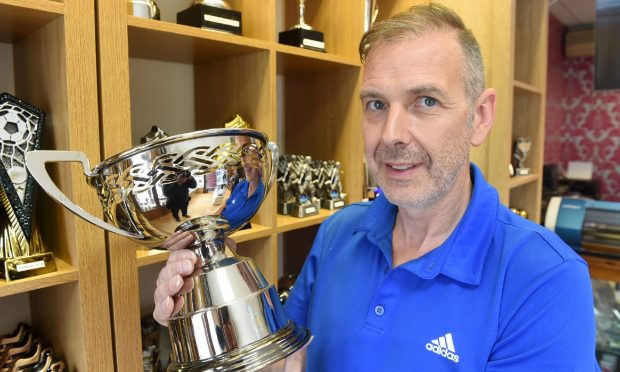

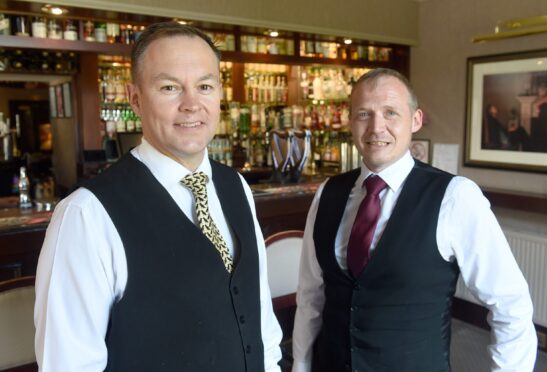
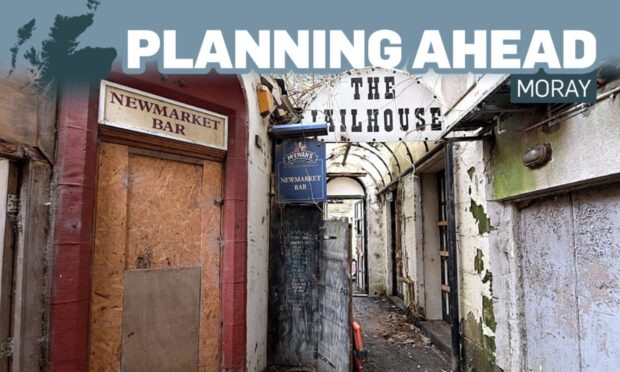
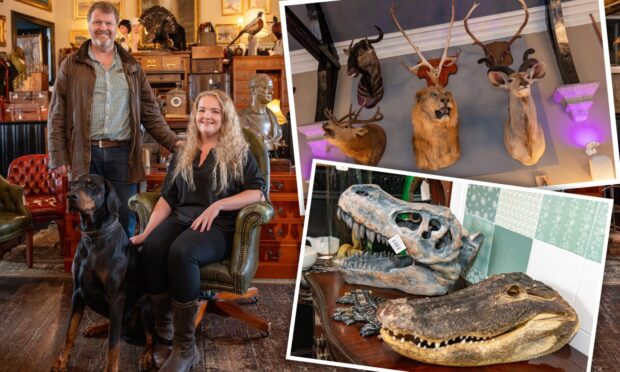
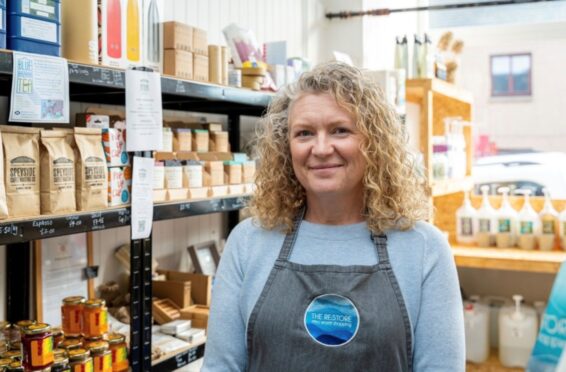

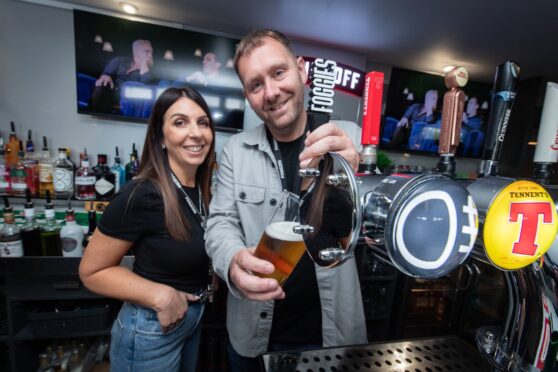
Conversation